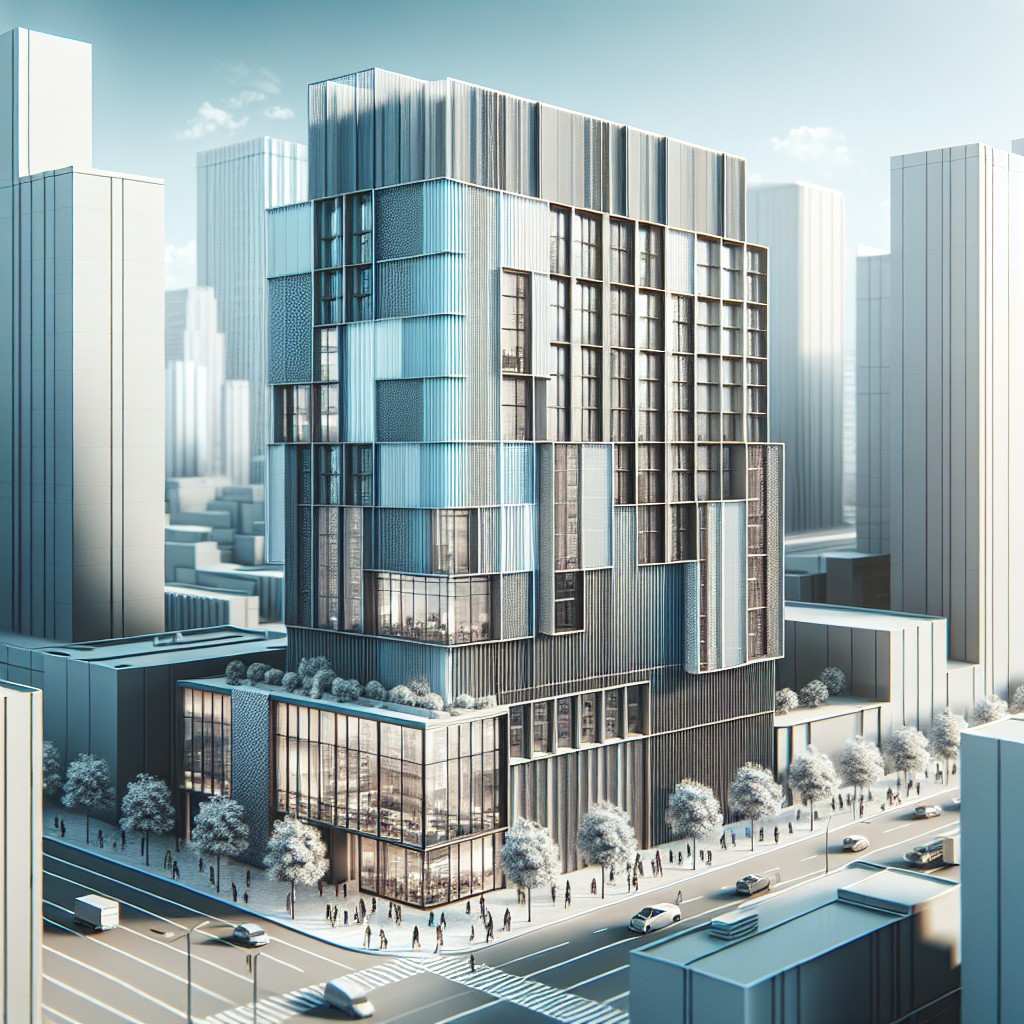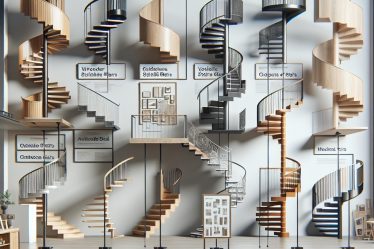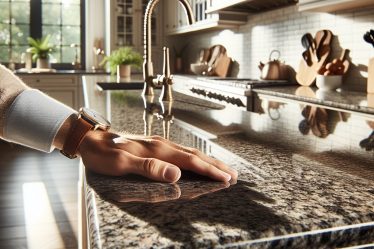
Introduction to metal cladding
THE metal cladding is an increasingly popular exterior cladding solution for buildings, whether residential, commercial or industrial. Offering effective protection against bad weather, it also seduces with its modern and refined aesthetic. In this article, we offer you a complete overview of metal cladding, its technical characteristics, its advantages and disadvantages as well as the different options available on the market.
What is metal cladding?
THE metal cladding is an exterior wall covering made of panels or plates made of galvanized steel, aluminum or other metals. It can be installed on any type of new construction or renovation and helps improve the thermal and sound insulation of the building while protecting its structure from climatic (rain, wind, snow) and biological (wood-eating insects) attacks. In addition, thanks to its wide variety of finishes (lacquered, anodized) and textures (smooth or corrugated), metal cladding offers a wide range of aesthetic options suitable for all architectural styles.
Why choose metal cladding?
The choice of a metal cladding for a building is based on several criteria, including:
- Durability : the materials used for the manufacture of metal cladding (galvanized steel, aluminum) are recognized for their longevity and resistance to corrosion. They thus guarantee effective protection of the building for many years.
- The interview: metal cladding is easy to maintain, generally requiring only annual cleaning with soapy water to keep it looking new. Additionally, it resists UV and temperature variations without fading or warping.
- Thermal and sound insulation: in addition to protecting the building structure from bad weather, metal cladding also helps to improve its thermal and acoustic insulation thanks to its multi-layer composition (metal + insulation).
- Aesthetics: with its multiple finishes and textures available, metal cladding offers great freedom of architectural customization while giving a modern and refined style to the building.
Disadvantages of metal cladding
However, the metal cladding also has some disadvantages that should be taken into account before making your choice:
- The cost : although prices may vary depending on the materials and finishes chosen, metal cladding generally remains more expensive than other exterior cladding solutions (wood cladding, PVC).
- The installation: the installation of metal cladding requires the intervention of a qualified and experienced professional to guarantee installation complies with current standards and perfect waterproofing of the building.
The different metal cladding options
There are several types of metal cladding, which are distinguished in particular by their material, their thickness or even their fixing system:
- Galvanized steel cladding: consisting of a layer of steel covered with a thin layer of zinc, this type of cladding offers excellent corrosion resistance. It is available in various finishes (lacquered, anodized) and textures (smooth, corrugated).
- Aluminum cladding: light and stainless, aluminum is an ideal material for facades exposed to bad weather. In addition, it offers a wide variety of colors thanks to its anodizing process.
- Composite or sandwich cladding: composed of two metal sheets separated by a thermal insulator (polyurethane or polystyrene), these claddings offer excellent energy and acoustic performance.
- Fixing systems: the choice of the fixing system will depend on the technical (ventilation, waterproofing) and aesthetic (appearance of the joints) constraints of the project. We distinguish in particular between visible fixings (screws, rivets) and hidden fixings (stapling, interlocking).
Conclusion
In short, the metal cladding is an exterior cladding solution that is both efficient and aesthetic for buildings. Offering durable protection against bad weather and a wide choice of architectural options, it represents a worthwhile investment despite its higher cost than other alternatives. Do not hesitate to consult a professional to obtain advice adapted to your project and benefit from a professional installation.



